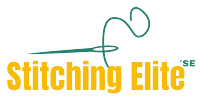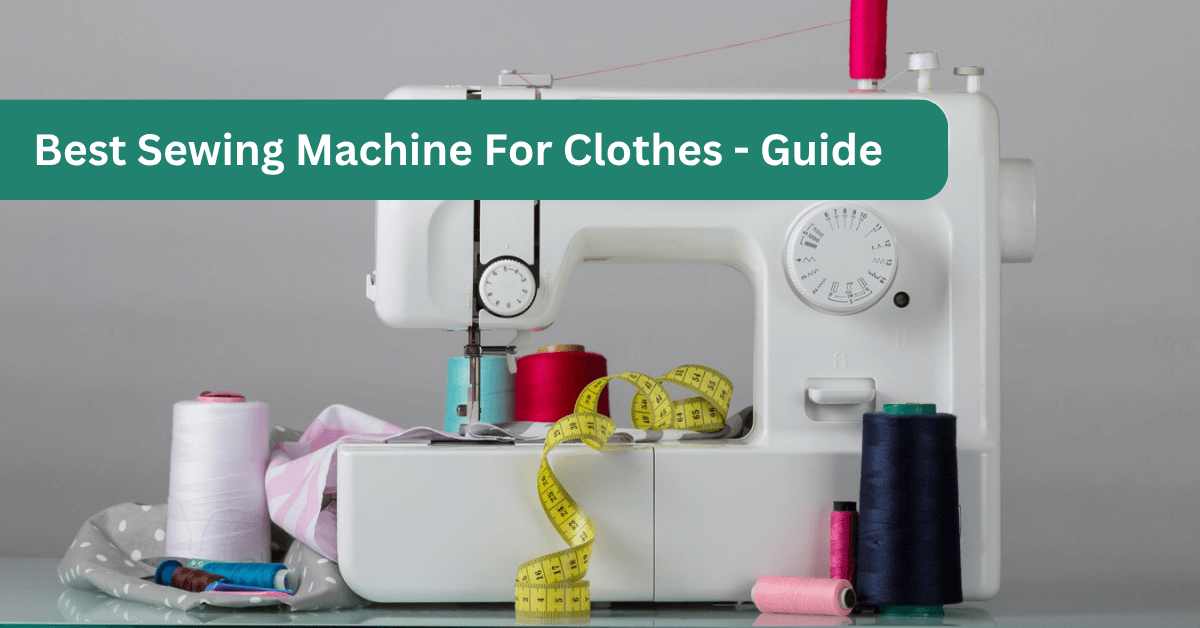
Choosing the best sewing machine for clothes can feel a bit overwhelming, especially if you’re just starting. There are so many options, features, and brands! Don’t worry, we’re here to help. This guide will walk you through everything you need to know to pick the perfect machine that fits your needs, your budget, and your creative dreams. We’ll focus on machines that are great for beginners and hobbyists, ensuring you get a machine that’s easy to use but powerful enough to bring your fashion ideas to life.
| Product | Rating | Price Range | Action |
|---|---|---|---|
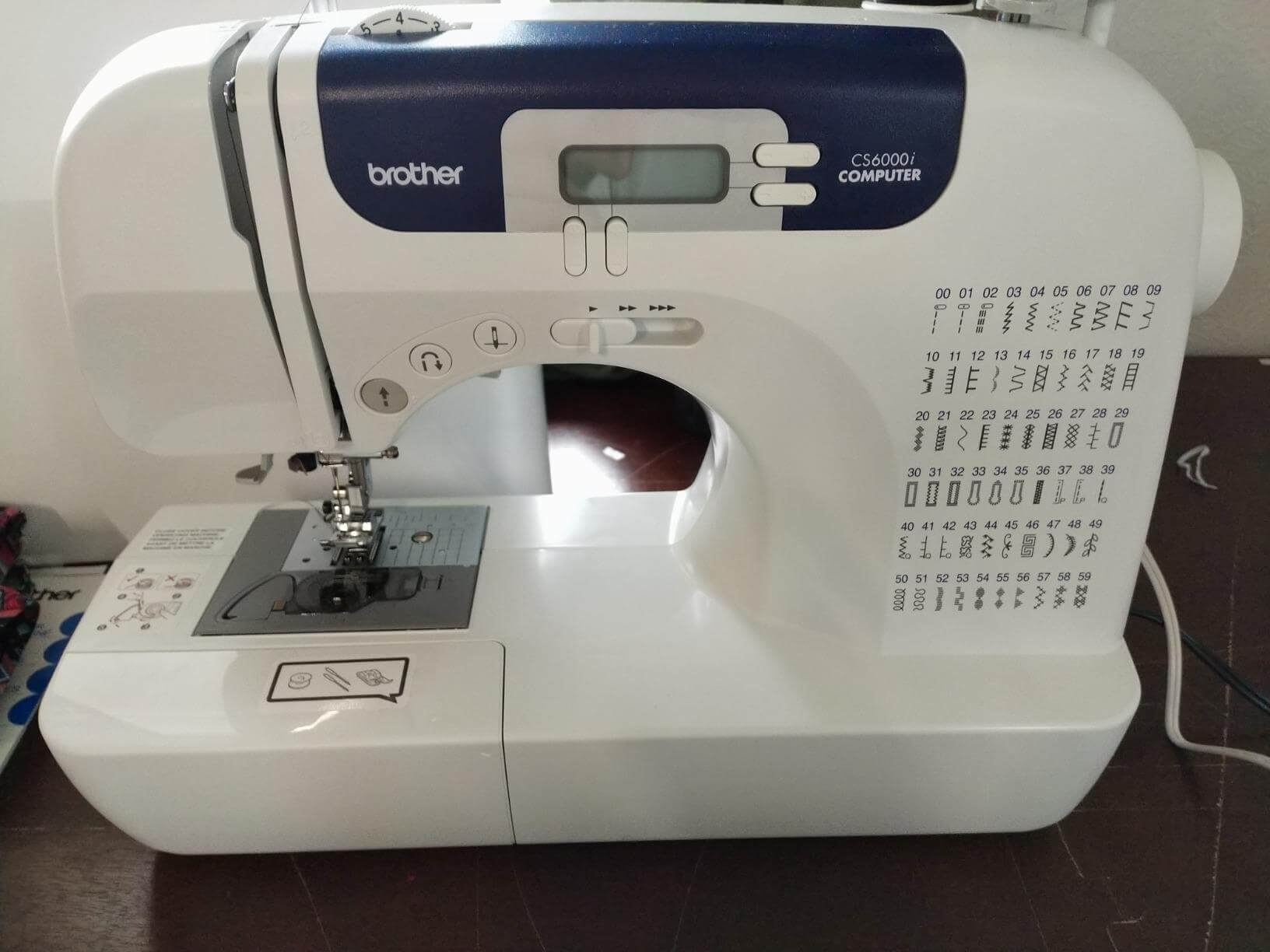 Brother CS6000i
Best Overall for Beginners
MOST POPULAR | $300 – $350 *Price varies by retailer | Get Best Price on Amazon | |
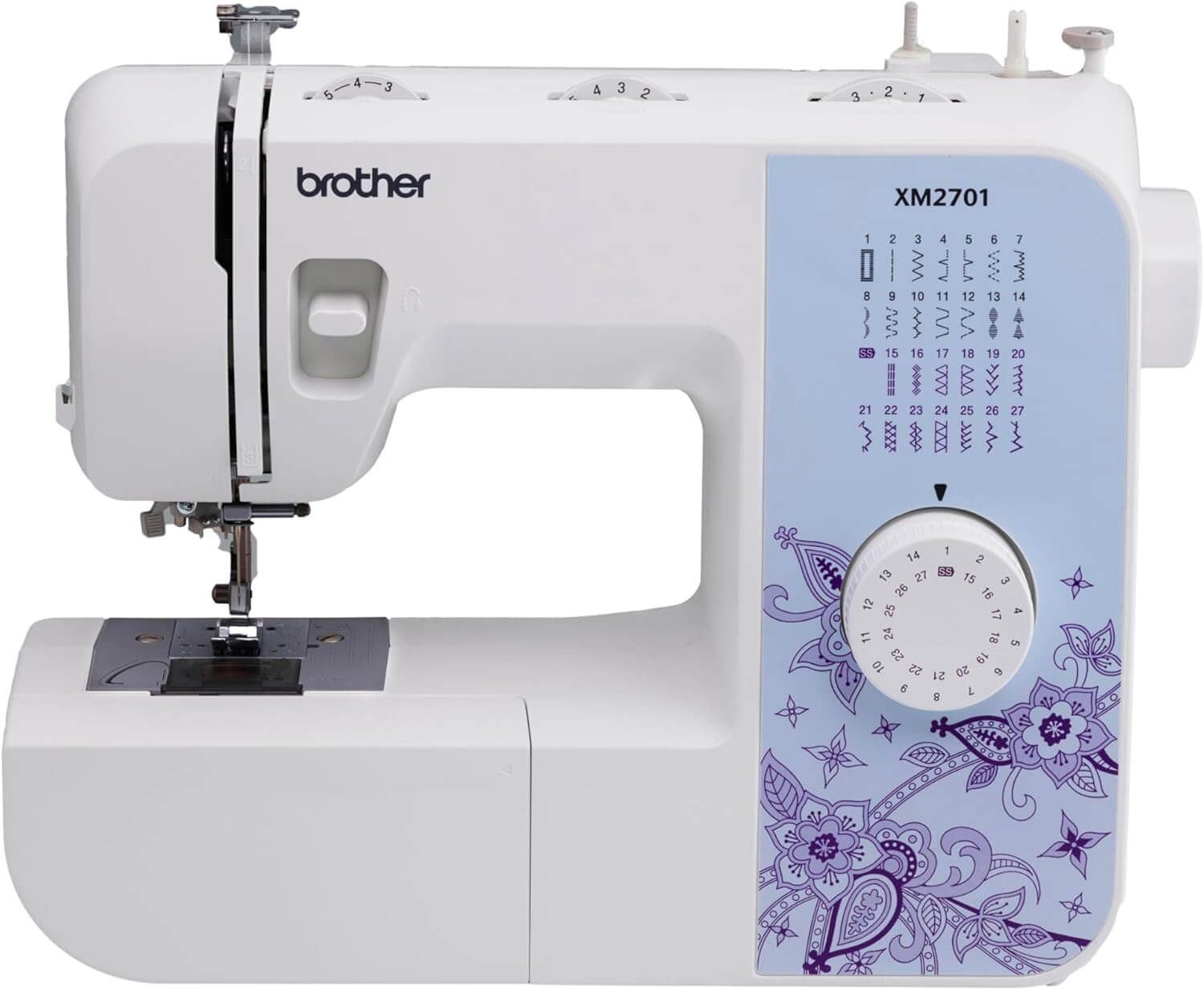 Brother XM2701
Best Budget-Friendly
BEST VALUE | $100 – $140 *Price varies by retailer | Get Best Price on Amazon | |
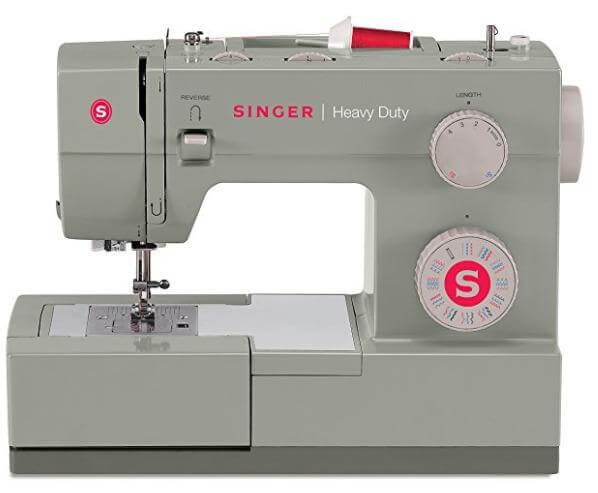 Singer Heavy Duty 4423
Best for Power & Durability
HEAVY DUTY | $179 – $229 *Price varies by retailer | Get Best Price on Amazon | |
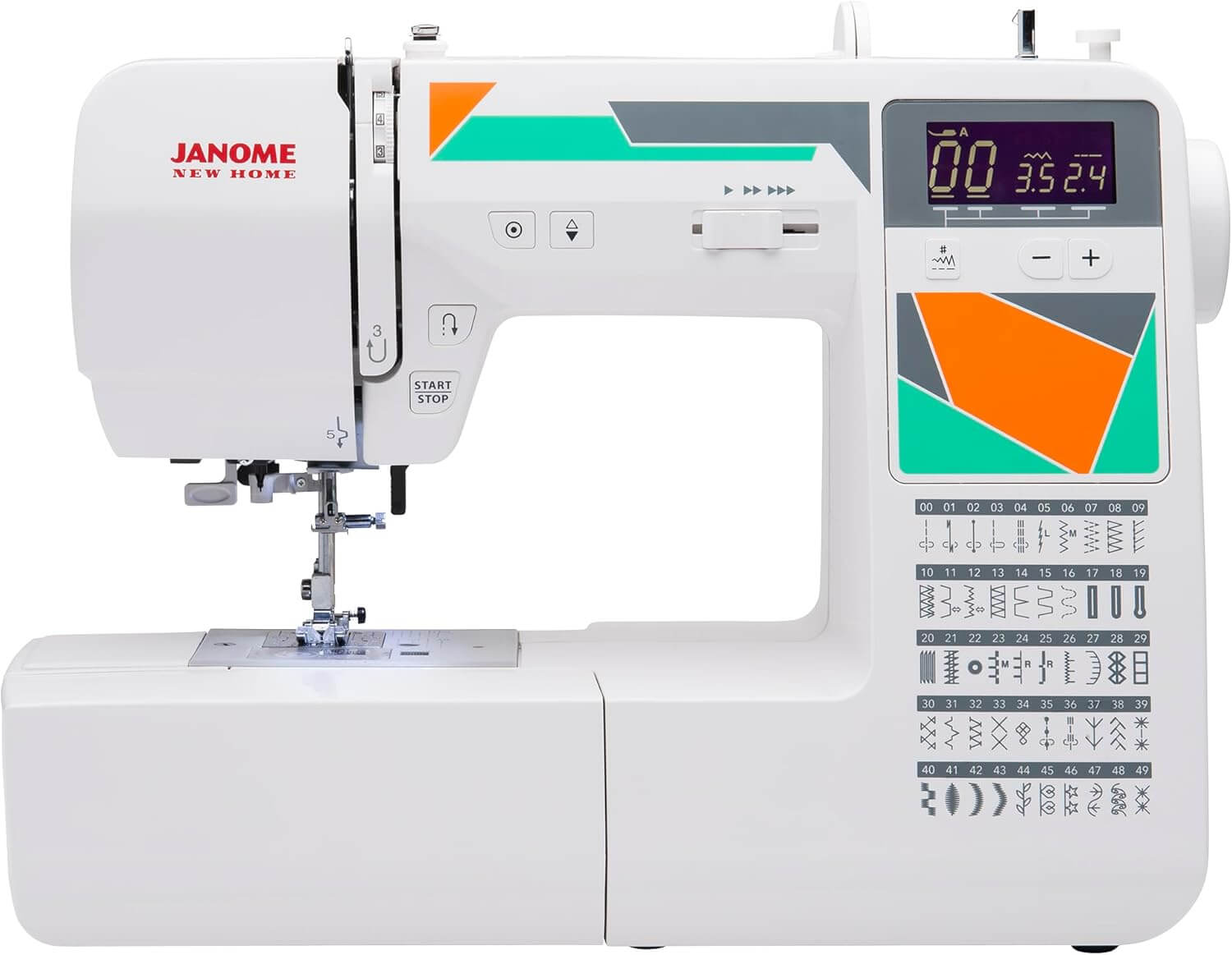 Janome Mod-50
Best for Intermediate Sewers
PREMIUM | $299 – $349 *Price varies by retailer | Get Best Price on Amazon |
Table of Contents
- 1 Why a Good Sewing Machine Matters for Clothes
- 2 🔍 Understanding Your Needs: What to Look For in a Machine
- 3 🧵 Types of Sewing Machines for Clothes
- 4 🧷 Essential Features for Sewing Clothes
- 5 Top Picks: Best Sewing Machines for Clothes (Beginners & Hobbyists)
- 6 ✨ Beyond the Basics: Sergers for Professional Finishes
- 7 🛍️ Tips for Buying Your First Sewing Machine
- 8 🧼 Caring for Your Sewing Machine
- 9 Ready to Start Sewing Clothes?
Why a Good Sewing Machine Matters for Clothes
Every piece of clothing—from your everyday t-shirt to an elegant evening dress—owes its life to a sewing machine. While hand sewing is possible, it’s slow, inconsistent, and not suitable for most garment projects. Finding the best sewing machine for clothes makes all the difference in quality, speed, and enjoyment.
🔍 Key Reasons You Need the Right Machine for Clothing
✅ Speed and Efficiency
Sewing a seam by hand takes forever. With a good machine, you zip through projects and have more time for creativity.
✅ Strong, Consistent Stitches
Machines deliver even stitches that hold up to wear, washing, and stretching, crucial for any garment.
✅ Professional Finish
Features like built-in buttonholes, zigzag edges, and specialty presser feet help make your clothes look store-bought.
✅ Fabric Versatility
From delicate silks to tough denim, a quality sewing machine adapts to various materials with ease.
✅ Fun & Relaxing Experience
A smooth-running machine turns sewing into a joy, not a chore.
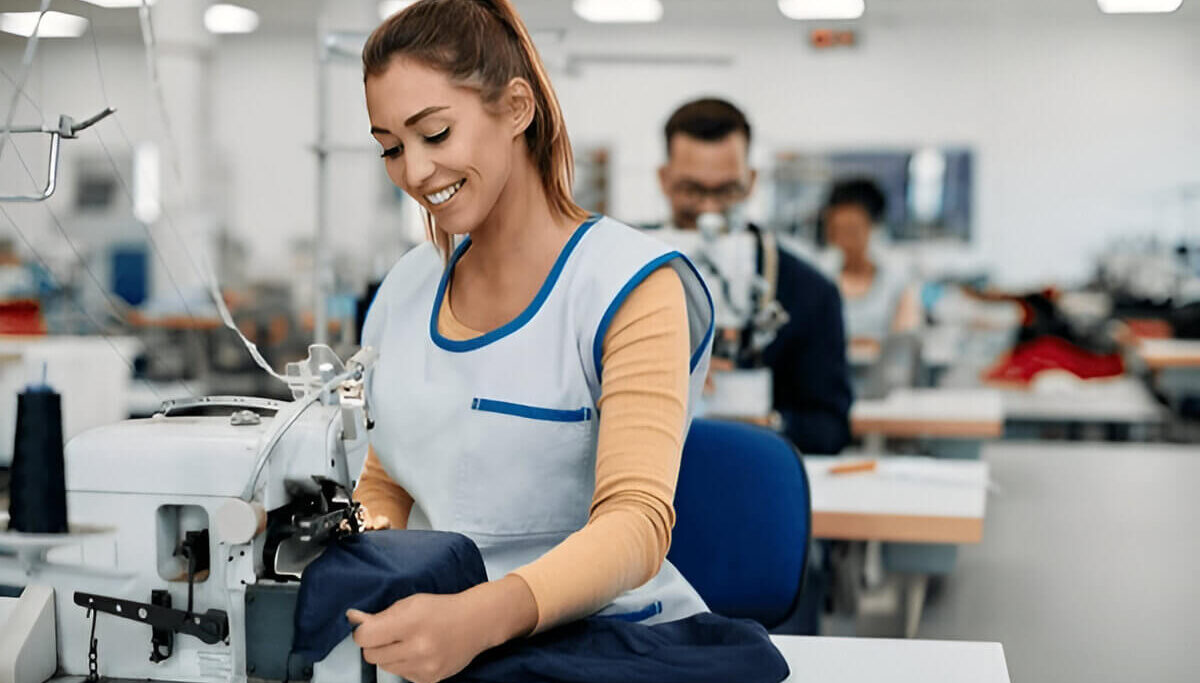
🔍 Understanding Your Needs: What to Look For in a Machine
Before picking the best sewing machine for clothes, think about how you’ll use it. Here’s how to choose the best fit:
1. 🎓 Skill Level
➤ Beginner
Look for simplicity:
- Easy threading
- Basic stitches
- Clear instructions
➤ Hobbyist / Intermediate
You’ll want more flexibility:
- More stitch options
- Speed control
- Needle up/down feature
2. 👚 What Types of Clothes Will You Make?
➤ Basic Garments (T-shirts, Pajamas, Skirts)
Most entry-level machines can handle these.
➤ Stretchy Clothes (Leggings, Sportswear)
Look for:
- Stretch stitches (zigzag or knit)
- Ability to handle knits without fabric bunching
➤ Heavy Clothes (Denim, Coats, Bags)
You’ll need:
- A strong motor
- Heavy-duty capability
➤ Delicate Fabrics (Silk, Chiffon)
Seek:
- Fine tension control
- Compatibility with thin needles
3. 💰 Budget Considerations
| Price Range | Best For |
|---|---|
| Under $200 | Simple projects & first-time users |
| $200–$400 | Great balance of features & performance |
| $400–$700+ | Advanced features, long-term value |
4. 📦 Portability & Space
- Compact machines are ideal for small spaces or classes.
- Full-sized machines suit a dedicated sewing corner.
🧵 Types of Sewing Machines for Clothes
When you start looking, you’ll notice a few main types of sewing machines. Understanding their differences will help you choose the best type of sewing machine for your clothing projects. If you’re curious about the very basics, you can also learn more about what a sewing machine is in general.
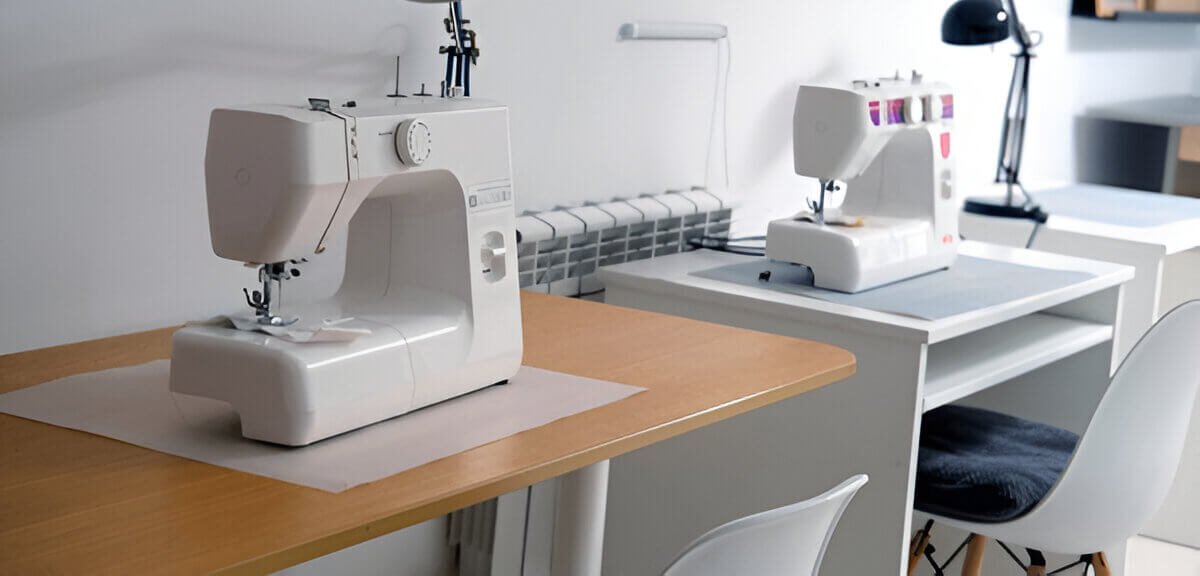
1. 🔧 Mechanical Sewing Machines
How They Work: Manual dials control everything.
Pros:
- Affordable
- Durable & easy to maintain
- Great for heavy fabrics (if the motor is strong)
Cons:
- Fewer stitch choices
- Less precision
Best For: Beginners who prefer simple, no-fuss machines.
2. 💻 Computerized Sewing Machines
How They Work: A digital screen and buttons control stitch settings.
Pros:
- Tons of stitch options
- Advanced features (speed control, needle up/down)
- Smooth and quiet
Cons:
- Pricier
- Electronics can be harder to repair
Best For: Beginners or hobbyists who want extra features and versatility.
3. 💪 Heavy-Duty Sewing Machines
How They Work: Often mechanical, but built for thick materials.
Pros:
- Power through denim, canvas, and layers
- Durable & long-lasting
Cons:
- Heavier & louder
- Fewer decorative stitches
Best For: Anyone working with thick fabrics or needing high power.
🧷 Essential Features for Sewing Clothes
No matter which type of machine you pick when searching for the best sewing machine for clothes, some features are essential for making clothes. Knowing the different parts to a sewing machine will also help you understand these features better.
1. ✂️ Core Stitches
- Straight Stitch: Basic seams (adjustable length is ideal)
- Zigzag Stitch: For finishing edges & stretch fabrics
- Buttonhole Stitch: 1-step is easiest; 4-step works too
- Stretch Stitches: Great for knits like jersey and spandex
2. 🔄 Free Arm
Perfect for sleeves, cuffs, pant hems, and necklines. Don’t buy a machine for clothes without it!
3. 🛠️ Adjustable Stitch Length & Width
Control lets you adapt to different fabrics:
- Length: Short for strength, long for basting/gathering
- Width: Adjust zigzag size for finesse
4. 👣 Presser Feet (Must-Have Attachments)
- All-purpose foot: For everyday stitching
- Zipper foot: Neatly insert zippers
- Buttonhole foot: Automatic buttonholes
- Blind hem foot: For invisible hems on pants or skirts
5. 🔁 Automatic Needle Threader
Saves time and eye strain—especially helpful for frequent projects.
6. 🧵 Top Drop-in Bobbin
Easier to load and monitor vs. front-load. You’ll see thread levels at a glance.
7. ⚖️ Adjustable Presser Foot Pressure
Helps prevent puckering/stretching on delicate or thick fabrics.
8. 🐢 Speed Control Slider (on computerized models)
Slower speeds are great for beginners and tricky curves.
9. ⬇️ Needle Up/Down Function (on computerized models)
Stops the needle where you want it—up to remove fabric, down to pivot on corners.
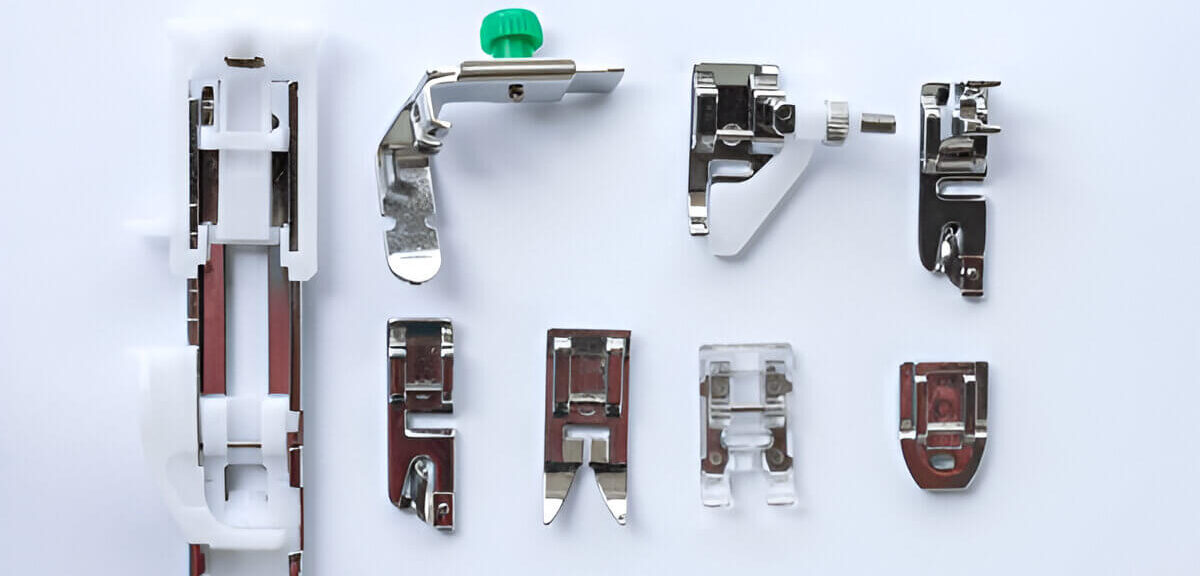
Top Picks: Best Sewing Machines for Clothes (Beginners & Hobbyists)
Now that you know what to look for, here are some of the most popular and highly-rated machines that represent the best sewing machine for clothes options available. We’ve selected a mix of computerized and mechanical models, keeping ease of use, versatility, and value in mind.
🏆 Best Overall for Beginners: Brother CS6000i
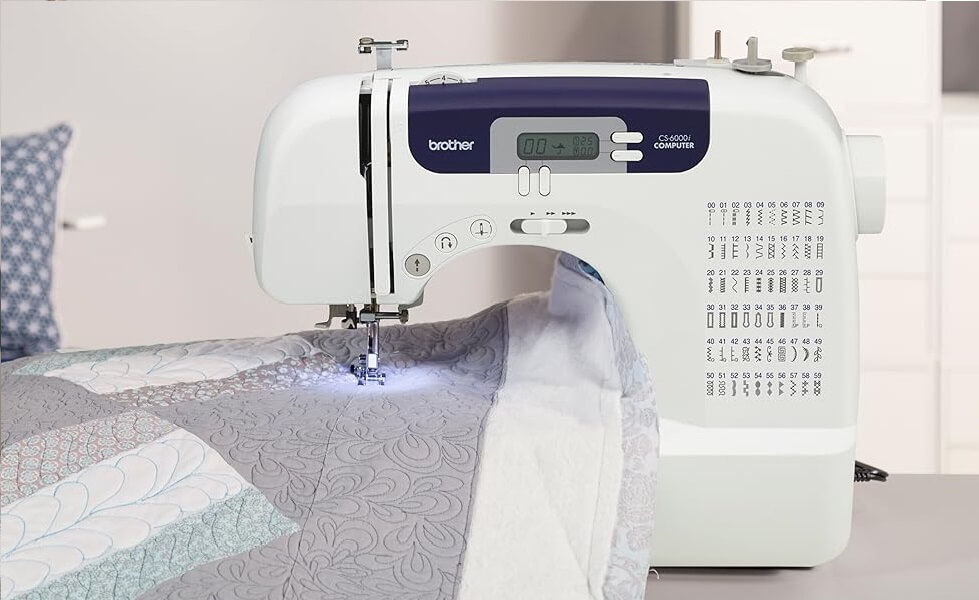
Overview
The Brother CS6000i is a computerized sewing machine praised for its beginner-friendly interface and impressive features at an affordable price.
Key Features for Clothes:
- 60 Built-in Stitches – Utility, decorative, and 7 one-step buttonholes for variety in garment sewing
- Speed Control Slider – Great for precision and learning control
- Automatic Needle Threader & Top Drop-in Bobbin – Easy setup
- Free Arm – Ideal for sleeves, cuffs, and pant legs
- 10 Presser Feet Included – Includes feet for zippers, buttonholes, blind hems, walking foot, and more
- Detachable Wide Table – Helpful for larger projects like coats and dresses
Pros & Cons
✅ Pros: Excellent value, easy to use, quiet, suitable for many fabric types
❌ Cons: Not ideal for very thick, layered fabrics
Best For
🎯 Great For: Beginners and intermediate users making dresses, tops, or everyday clothes
💰 Best Budget-Friendly: Brother XM2701
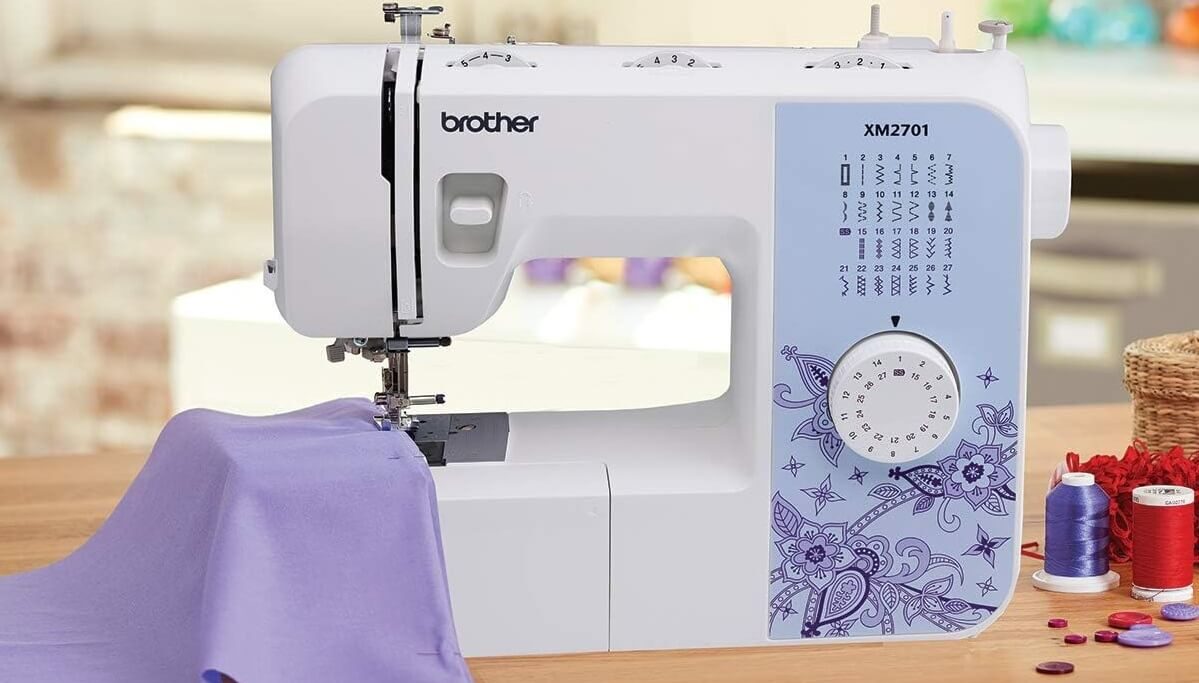
Overview
The Brother XM2701 is a compact, lightweight, and affordable mechanical sewing machine that still packs enough power and features for clothing projects, making it an excellent best sewing machine for clothes for budget-conscious sewers.
Key Features for Clothes
- 27 Built-in Stitches – Includes utility, decorative, stretch stitches, and a 1-step buttonhole
- Automatic Needle Threader & Jam-Resistant Top Drop-in Bobbin – Simplifies setup and threading
- Free Arm – Great for sleeves, pant hems, and other circular areas
- 6 Included Presser Feet – For zippers, buttonholes, narrow hems, blind stitches, zigzag, and buttons
- Lightweight Design – Easy to store or transport
Pros & Cons
✅ Pros: Affordable, beginner-friendly, quiet operation, good stitch quality
❌ Cons: Not ideal for heavy-duty fabrics, limited advanced features
Best For
🎯 Great For: Beginners, students, or hobbyists looking for a simple machine to create or alter clothing from lightweight to medium fabrics
💪 Best for Power & Durability: Singer Heavy Duty 4423

Overview
Built with a powerful motor, the 4423 is ideal for users tackling thick fabrics or wanting fast, industrial-level stitching.
Key Features for Clothes
- Powerful Motor – Handles denim, canvas, and layers effortlessly
- 1,100 Stitches Per Minute – Quick project completion
- 23 Built-in Stitches & 1-Step Buttonhole – Versatile and efficient
- Stainless Steel Bed Plate & Heavy-Duty Frame – Durable, stable sewing experience
- Free Arm – For garment construction ease
Pros & Cons
✅ Pros: High speed, handles thick fabrics, reliable construction
❌ Cons: Loud, fewer decorative stitches, not best for delicate fabrics
Best For
🎯 Great For: Sewing jeans, coats, utility wear, or heavy-duty fabric projects
🎨 Best for Intermediate Sewers: Janome Mod-50
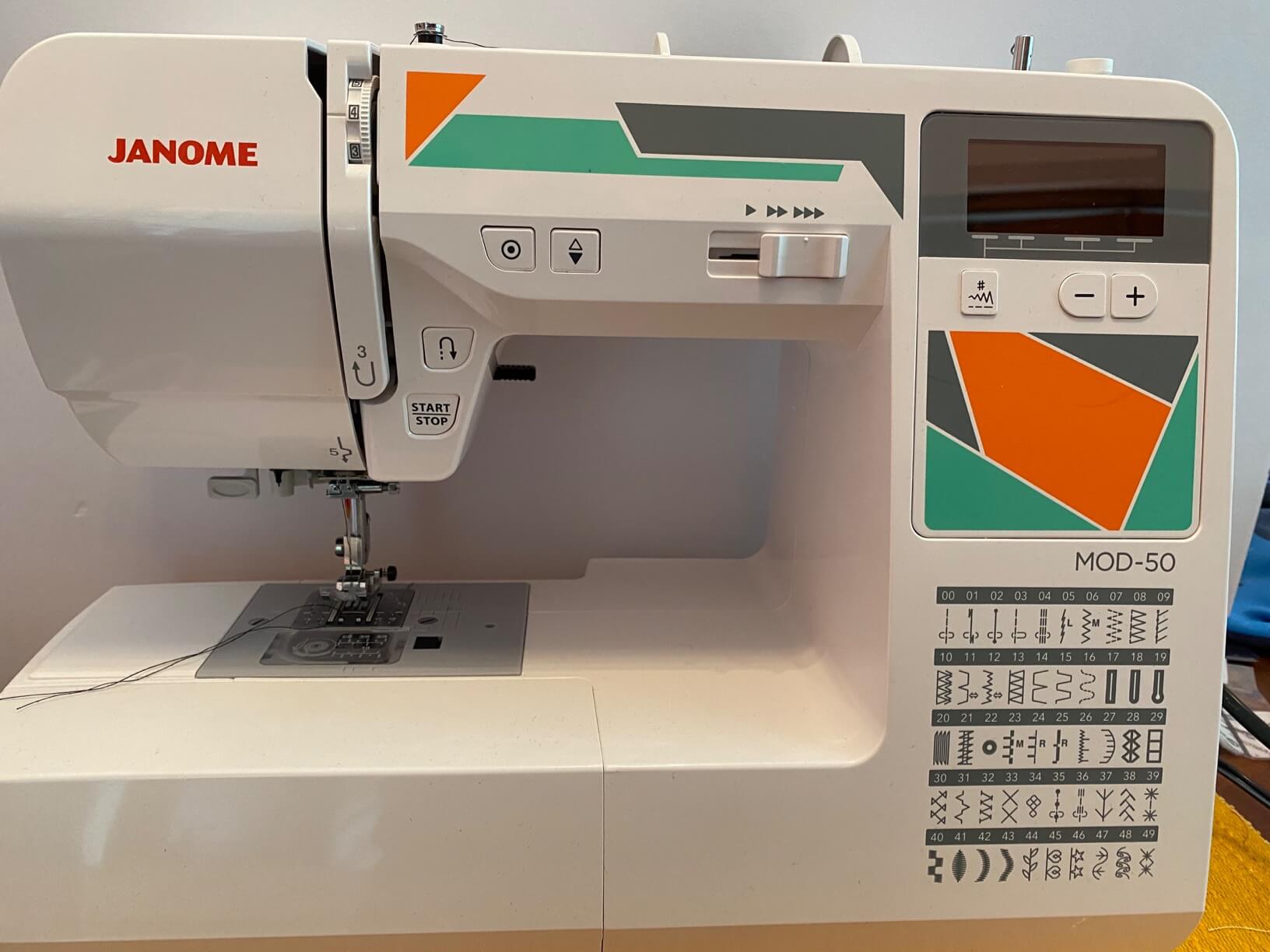
Overview
This stylish and reliable computerized machine offers advanced features without overwhelming users. Perfect for those leveling up.
Key Features for Clothes
- 50 Built-in Stitches & 3 One-Step Buttonholes – Great range for clothing types
- Speed Control Slider & Start/Stop Button – Enhanced control and ease
- Adjustable Presser Foot Pressure – Perfect for handling sheer to thick fabrics
- Automatic Needle Threader & Top Drop-in Bobbin – Easy maintenance
- Free Arm – Standard for garment construction
Pros & Cons
✅ Pros: Quiet, smooth operation, excellent stitch quality
❌ Cons: Higher price point than beginner models
Best For
🎯 Great For: Growing sewists ready for higher quality and versatility
📊 Comparison Table: Top Sewing Machines for Clothes
| Feature / Model | Brother CS6000i | Singer 2277 | Singer 4423 | Janome Mod-50 |
|---|---|---|---|---|
| Type | Computerized | Mechanical | Mechanical | Computerized |
| Built-in Stitches | 60 | 23 | 23 | 50 |
| Buttonholes | 7 (1-step) | 1 (1-step) | 1 (1-step) | 3 (1-step) |
| Needle Threader | Yes | Yes | Yes | Yes |
| Bobbin Type | Top Drop-in | Front Load | Top Drop-in | Top Drop-in |
| Free Arm | Yes | Yes | Yes | Yes |
| Speed Control | Yes (Slider) | No | No | Yes (Slider) |
| Presser Feet Included | 10 | 4 | 4 | 4 |
| Ideal For | Versatile Beginner | Budget Basics | Heavy Fabrics | Intermediate Use |
| Price Range | $$ | $ | $$ | $$$ |
💲 Price Key
$= under $200$$= $200–$400$$$= $400–$600
✨ Beyond the Basics: Sergers for Professional Finishes
Once you’ve mastered your sewing machine, you might find yourself craving even more polished results. That’s where a serger—also known as an overlocker—comes in. While not a replacement for your sewing machine, a serger is an incredible companion, especially when you’re sewing clothing from knit fabrics or want ultra-clean seam finishes.
💡 “A serger isn’t a replacement for a sewing machine—it’s a powerful sidekick that excels in finishing, stretch fabrics, and speed!”
🧶 What Makes a Serger Special?
A serger uses 3, 4, or even 5 threads to trim, stitch, and overcast the fabric edges all at once. The result? Professional-quality seams that are strong, flexible, and neat—just like store-bought clothing.
🔄 Stretchy Seams for Knitwear
Sergers are ideal for sewing activewear, leggings, t-shirts, or anything made from stretchy fabric. The seams move with the fabric, preventing breaks or popped threads.
🧼 Clean, Durable Finishes
Sergers finish raw edges beautifully, preventing fraying and giving your garments a polished, high-end look inside and out.
⚡ Faster Construction
Because they trim and finish as they sew, sergers drastically speed up garment construction, especially when working with multiple seams.
🎯 Should You Get One?
If you’re focusing on clothes, especially using knits or planning to sell or gift your garments, a serger may eventually be a smart upgrade. But for now, focus on getting comfortable with the best sewing machine for clothes first—it’s the foundation of all garment sewing.
Want to learn more? Explore our comparison: Serger vs Sewing Machine →
🛍️ Tips for Buying Your First Sewing Machine
You’re ready to make the leap—so how do you actually choose your first machine? Here are practical tips to help you confidently pick the best sewing machine for clothes:
📖 Read Reviews
Check out what other beginners and clothing sewists are saying. Look for feedback on ease of use, fabric handling, reliability, and setup.
🎥 Watch Demonstration Videos
YouTube is full of helpful content. Watch unboxing videos, threading tutorials, and real sewing tests. Seeing the best sewing machine for clothes in action helps you understand how it works.
🛒 Shop from a Reputable Seller
Whether you buy online or in-store, choose a trusted retailer with solid customer service and a clear return or exchange policy.
🛡️ Check the Warranty
A good warranty protects your investment. Machines with at least a 1-year warranty (preferably more) are a safe bet.
🎁 Consider What’s Included
Some machines come bundled with accessories like extra presser feet, bobbins, needles, a seam ripper, or even a dust cover. These add value and save money.
🧵 Don’t Forget the Essentials!
You’ll need a few key tools to get started. Be sure to pick up:
- All-purpose polyester thread
- Fabric scissors (never use them on paper!)
- Measuring tape
- Pins or fabric clips
- A seam ripper (yes, you will use it 😅)
- Extra needles (in various sizes for different fabrics)
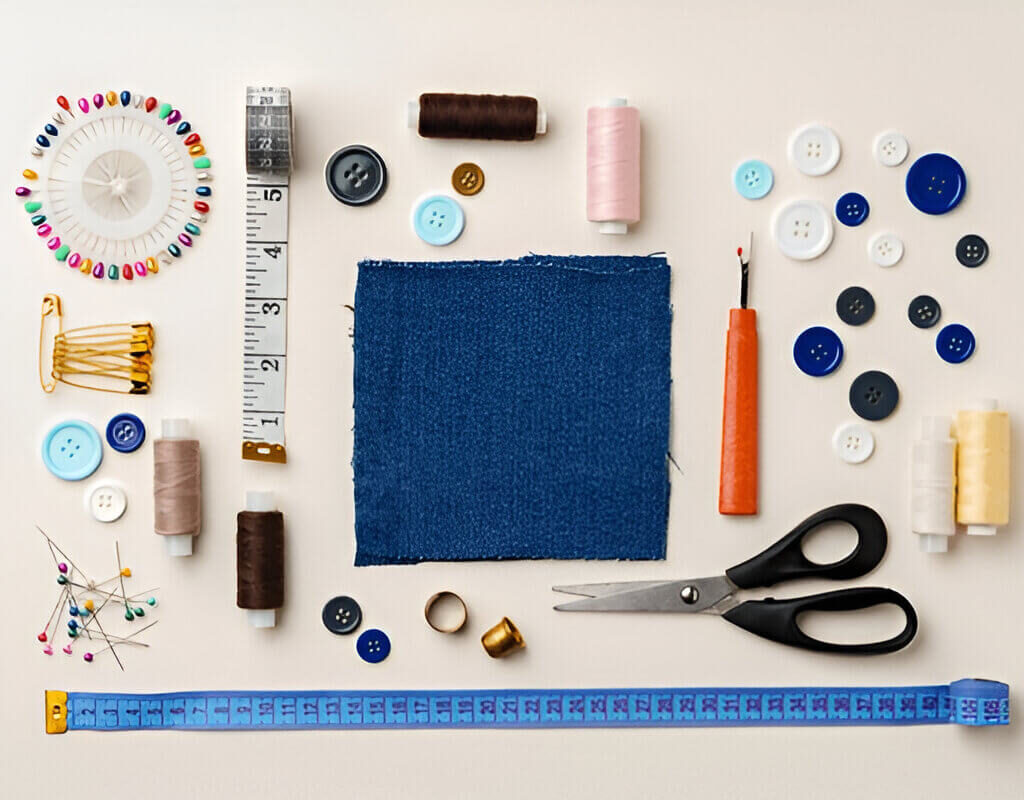
🧼 Caring for Your Sewing Machine
To get the most out of your investment, take care of your machine like the treasure it is. A little routine maintenance will keep your best sewing machine for clothes running smoothly for years.
🧹 Clean Regularly
Fabric lint builds up fast, especially in the bobbin area. Use the brush that comes with your machine to keep it lint-free after every few projects.
🛢️ Oil It (If Needed)
If you have a mechanical machine, it may require occasional oiling in designated spots. Always check your manual first. Most computerized machines are self-lubricating.
🪡 Change Needles Often
A worn or bent needle causes all kinds of sewing headaches—skipped stitches, fabric snags, even machine damage. Replace your needle every 8–10 hours of sewing, or after every major project.
🧥 Cover When Not in Use
Keep dust at bay by covering your machine with a dust cover or storing it in a case when not in use.
🔧 Get It Professionally Serviced
Just like a car, your machine benefits from a professional tune-up every year or two, especially if you sew regularly.
Ready to Start Sewing Clothes?
Once you have the best sewing machine for clothes, the world of clothing creation opens up! Start with simple projects to get comfortable with your machine. Pajama pants, basic skirts, or even a simple tote bag are great beginner-friendly options. You might even find inspiration in fun side projects—like making a reading pillow, which, while not clothing, helps you practice straight seams and gain confidence.
Remember, every stitch is a step forward. Don’t worry about making mistakes; they’re part of the journey. With the best sewing machine for clothes and a little practice, you’ll be stitching up your own stylish wardrobe in no time. Happy sewing! 💖
